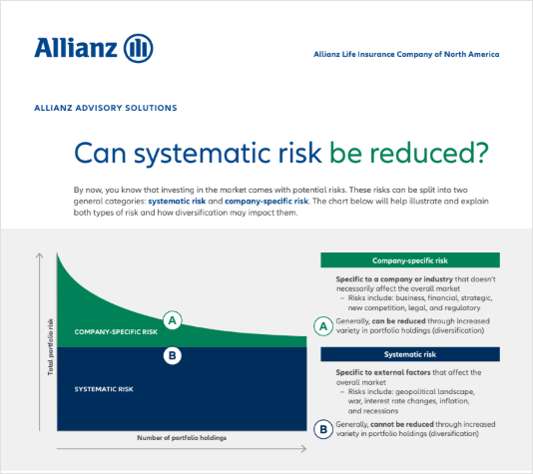The fixed indexed annuity (FIA) just celebrated its 20-year anniversary. Introduced in 1995, FIAs have lived up to their promise: to protect premium and credit interest from market risk and ensuring the safety of the invested principal.
Have you ever wondered how FIAs grew to be such an important investment option in such a relatively short period of time? In an article that appeared in NAFA Annuity Outlook, author Jack Marrion, president of Advantage Compendium Ltd., a St. Louis-based firm that provides research and consulting services to financial organizations, outlines some key developments in the evolution of the fixed indexed annuity. Here are some highlights:
1995: With the assistance of Genesis Financial of Canada, in February 1995, Keyport Life introduced the first equity-linked indexed annuity, the KeyIndex. The first indexed annuity was purchased on February 15 by a 60-year-old Massachusetts man for a premium of $21,000. The account value at the end of a five-year term was $51,779.
1996: More and more carriers began to offer indexed annuities, with 20 carriers offing FIAs by the end of 1996. More than $1.5 billion in FIA sales were reported for the year.
1997: The Securities and Exchange Commission (SEC) began grappling with how to regulate indexed annuities—whether to classify them as securities or not. 1997 ended with more than $3 billion in FIA sales and 37 carriers offering this type of annuity.
1998: The SEC decided that FIAs were not to be considered or regulated as securities. Sales climbed to $4.2 billion for the year. By the end of 1998, about half of all FIA sales were in products with surrender periods of 10 years or more, and there were 20 different crediting methods in place.
1999: For the first time, in 1999, the agent channel sold more than 90 percent of all FIAs.
2000: The millennium bear market started, the longest bear market since the Great Depression. Total FIA sales for this year amounted to $5.25 billion.
2001: The courts ruled that annuities are not securities in Beverly S. Malone v. Addison Insurance Marketing, Inc., [Civil Action No. 3:01-CV-259(H)].
2002: The bear market continued while FIA sales continued to grow. FIA year-end sales exceeded $11.7 billion in 2002, but the number of carriers offering FIAs fell to 29.
2003: The National Association of Insurance Commissioners (NAIC) adopted the Senior Protection in Annuity Transaction Model Act to "…promote sales practices in the life insurance industry that result in recommendations to consumers aged sixty-five years or older on transactions involving annuity products that meet the insurance needs and financial objectives of senior consumers." The year ended with more than $14 billion in sales.
2004: More articles appeared in the general press warning consumers about FIAs, primarily in respect to a lack of liquidity. A few state securities regulators suggested that FIAs should be treated as securities. The monthly cap crediting method was introduced. Sales for the year exploded to more than $23 billion, drawing attention from securities competitors.



